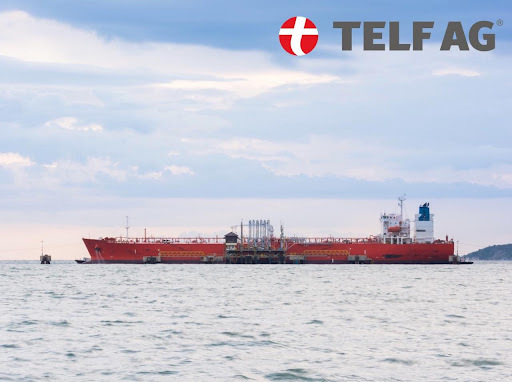TELF AG, a seasoned international physical commodities trader with three decades of industry expertise, has released its comprehensive analysis of market activities during Week 37. The report offers a meticulous examination of key developments in commodities, energy sectors, and crucial economic indicators. Among its findings, the analysis highlights the uptick in European natural gas futures, notable fluctuations in chrome ore prices, and shifts in the stainless steel and base metals markets.
One of the report’s focal points is the surge in European natural gas futures, attributed to significant macroeconomic developments. Factors contributing to this trend include the breakdown of union talks and strikes at two major Chevron facilities in Australia. Despite the rise in gas prices, European fuel reserves currently exceed historical levels for this time of year, surpassing the EU’s objectives. Meanwhile, the analysis notes that oil prices experienced marginal fluctuations, with both Brent crude and U.S. West Texas Intermediate indicating minor declines. These price movements were influenced by decisions made by Saudi Arabia and Russia to extend supply cuts, even amid concerns about Chinese economic activity. Additionally, the Baltic Dry Index, a measure of shipping and trade, saw a decline during the week, primarily driven by a drop in the Baltic Capesize Index, although the Baltic Panamax Index showed signs of improvement.
The report delves into the chrome ore market, highlighting substantial price increases due to shipping issues, particularly at Richards Bay. Robust Chinese demand for ferrochrome has contributed to price stabilization. For Ferro-Chrome (FeCr), the analysis reveals consistent Chinese spot prices and increased European prices, while U.S. prices declined due to weak demand and international market influences.
Manganese (Mn) dynamics are explored in the report, with Chinese silicon manganese mills reporting higher tender prices. Mn ore prices in China also rose, driven by increased alloy tenders and heightened sales. Indian manganese alloys recorded price increases following the monsoon break. The FerroSilicon (FeSi) sector witnessed an increase in Chinese production during August, with total production reaching 450,000 tons, marking a significant month-on-month rise.
Regarding stainless steel, domestic prices in China experienced an uptick, influenced by shifts in housing transaction policies and an uptrend in nickel futures. Stainless steel output in China escalated in August, with projections indicating a substantial increase in September. The report also discusses copper prices, noting a general downturn in base metals. Copper prices did recover slightly due to concerns about China’s economic trajectory. Chinese copper output in August increased compared to the previous year. In contrast, nickel prices have been on a downward trajectory since early August, influenced by an influx of Indonesian nickel and stagnant demand in the stainless steel sector.
In the battery materials segment, the analysis reveals that China’s nickel sulfate production in August registered a year-on-year increase. However, cobalt sulfate production in China declined on a month-on-month basis in August, although year-to-date production remained higher year-on-year.
For a more in-depth understanding of these insights, readers are encouraged to refer to the full article.

